#ugetsu monogatari
Text
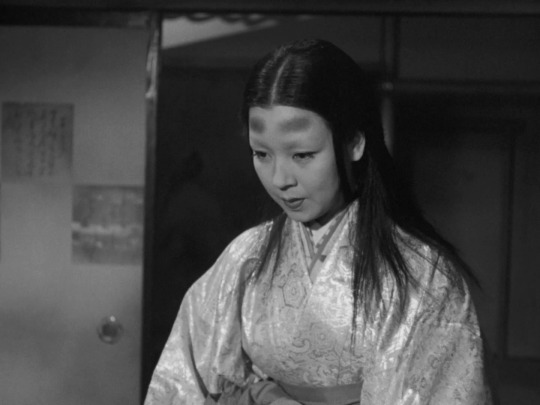
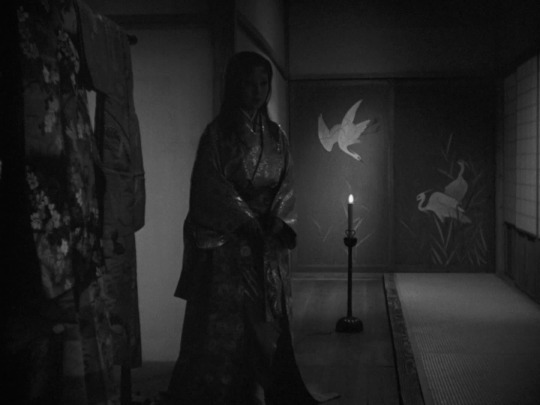


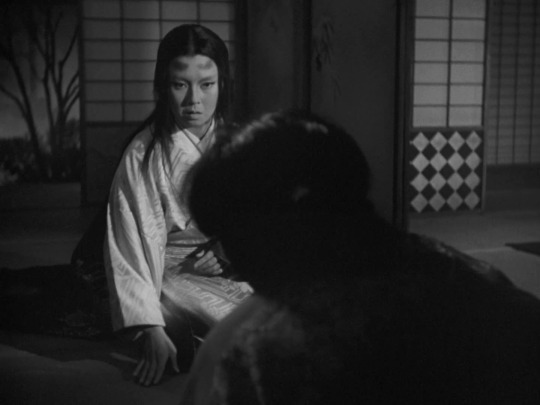
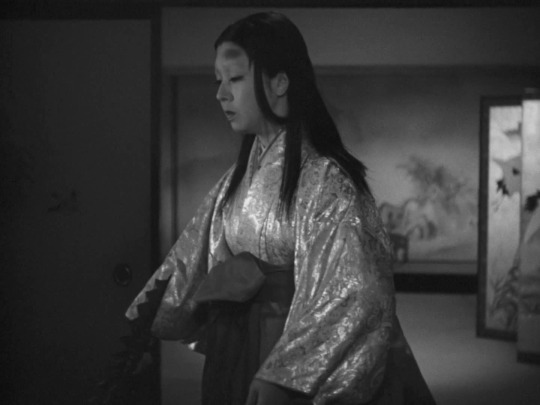

"Genjuro....I want you to never leave my side. Let's leave this manor and return to my native land."
Machiko Kyō in Ugetsu Monogatari (1953) | dir. Kenji Mizoguchi
#machiko kyō#ugetsu (1953)#ugetsu monogatari#1950s#kenji mizoguchi#classic film#japanese cinema#screencaps#dailyworldcinema#my post
46 notes
·
View notes
Text


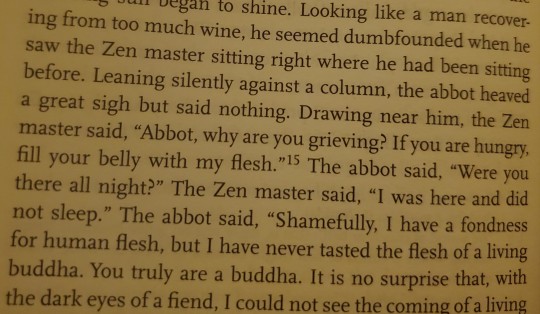

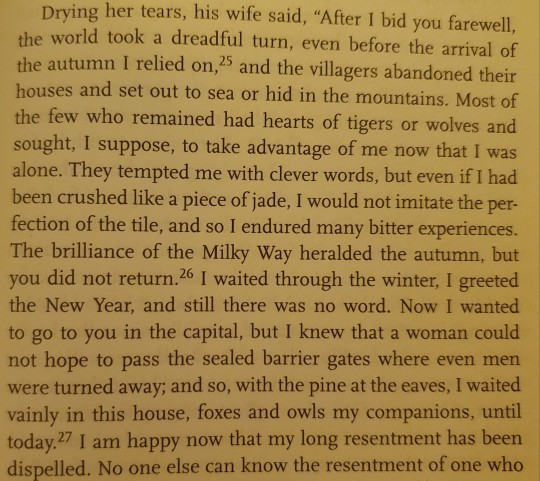
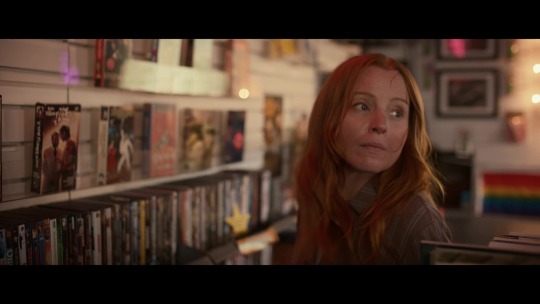
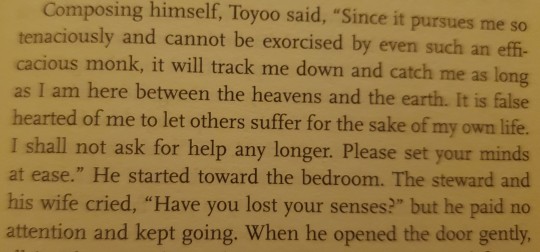



Yellowjackets (2021–) | Ueda Akinari, Tales of Moonlight and Rain (1776, transl. Anthony H. Chambers, 2007), 2/2
(@yellowjacketsoctober prompt: Horror media parallels)
18 notes
·
View notes
Text


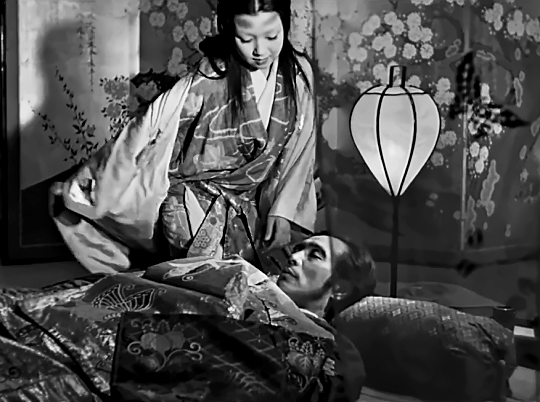


Machiko Kyō as Lady Wakasa in Ugetsu (1953) dir. Kenji Mizoguchi
#ugetsu#Kenji Mizoguchi#worldcinemaedit#horroredit#classicfilmedit#gifshistorical#classicfilmsource#classicfilmblr#filmgifs#classicfilmcentral#cinemaspast#filmauteur#machiko kyo#masayuki mori#machiko kyō#mizoguchi kenji#ugetsu monogatari#japanese cinema#japanese movie#movie tag#ellisgifs#machiko kyo stealing the scene yet again#her acting is mesmerising#the prettiest ghost/succubus/revenant/undead gf <3#queue
164 notes
·
View notes
Photo
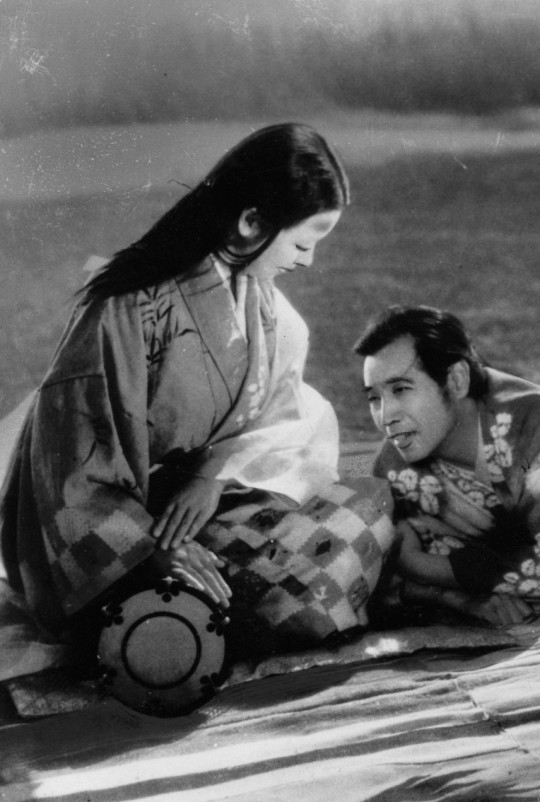
Machiko Kyō & Masayuki Mori - Les Contes de la lune vague après la pluie (Ugetsu) par Kenji Mizoguchi (1953)
#Ugetsu#Tales of Ugetsu#Ugetsu Monogatari#雨月物語#Machiko Kyō#京 マチ子#Masayuki Mori#森 雅之#溝口 健二#Japan#movie#Ueda Akinari#上田 秋成#Guy de Maupassant#Décoré !#Les Contes de la lune vague après la pluie
16 notes
·
View notes
Photo



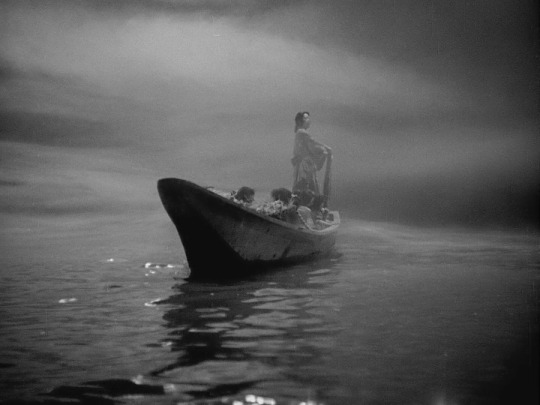
Ugetsu Monogatari, Kenji Mizoguchi, 1953.
#do watch list#mizoguchi my beloved#ugetsu monogatari#ugetsu#kenji mizoguchi#japanese movie#japanese movies#japanese cinema#movie#movies#movie rec#movie recommendation#movie stills#film#film rec#film recommendation
19 notes
·
View notes
Quote
As the ancients said: A man cannot travel a thousand ri in one day; a spirit can easily do so. Recalling this, I fell on my sword and tonight rode the dark wind from afar to arrive in time for our chrysanthemum tryst. Please understand my feelings and take pity on me.
Ueda Akinari, from “The Chrysanthemum Vow”, Tales of Moonlight and Rain (trans. Anthony H. Chambers)
#the chrysanthemum vow#tales of moonlight and rain#ueda akinari#anthony h chambers#ugetsu monogatari#kikka no chigiri#japanese literature
11 notes
·
View notes
Text

Ugetsu monogatari (1953) Kenji Mizoguchi.
0 notes
Text
Ugetsu Monogatari (Tales of Ugetsu) (1953)
Families are torn apart by fighting, greed, and ambition during the Japanese Civil War.
Although dealing with the past and, at times, brutally heavy subject matter, it is made palatable to modern audiences by focusing on just four main individuals and jumping between their perspectives at intervals. Adding this to the ever-present messages about priorities and honour keeps the audience engaged enough to follow the story while admiring the more subjective style of filmmaking.
Most of the subtext is still as applicable as it was in the 50s, however some morals are based on flawed traditions more relevant in Asia or reflective of the century the film is set in. The war has a constant presence but is largely ignored for long periods to focus on the characters which is useful but limits the threat to an excuse for external violence.
One of the most interesting elements is how the supernatural is mixed easily into the narrative without making it appear alien or bizarre. Much of the other-worldly aspects could just as effectively be explained by altered perceptions of the characters we’re aligned with, and again, aren’t the main focus of the movie.
The women had some fairly strong character development but it was still difficult not to see how the narrative eventually used them as symbols or sacrifices in order to influence the ethical journeys of the men who got more of the screen time. Similarly the war was an important narrative device but it didn’t seem to be condemned, nor any particular side more right, as though it were natural phenomenon the action was set against.
4/10 -It’s below average, but only just!-
-Ugetsu roughly translates as “Rain and Moon”.
#Film#Review#Ugetsu Monogatari#Ugetsu#Tales of Ugetsu#1953#Supernatural#War#JasonSutekh#World Cinema#Japanese
0 notes
Text


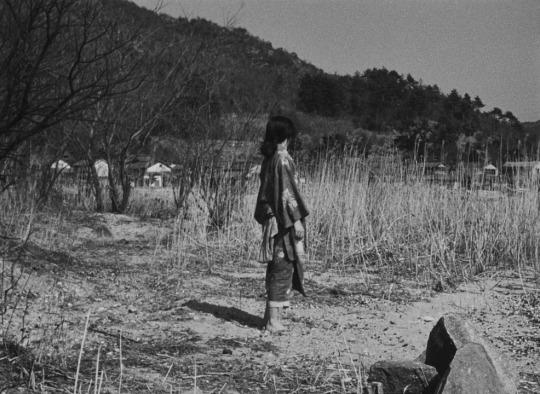
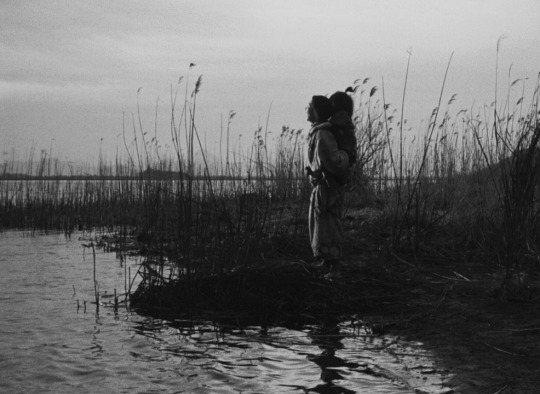



Ugetsu monogatari, Kenji Mizoguchi, 1953
0 notes
Text
Das imaginäre Haus: Uwe Wittwer, Aiko Watanabe, Jürg Halter: Winterthur (CH) bis 22.10.2023
Der Künstler Uwe Wittwer, die Keramikerin Aiko Watanabe und der Schriftsteller und Künstler Jürg Halter lassen sich auf einen inspirierenden Austausch ein, dem wir in einer Ausstellung des Gewerbemuseums Winterthur folgen können. Ausgangspunkt ihrer Zusammenarbeit ist der japanische Kultfilm «Erzählungen unter dem Regenmond» (Ugetsu monogatari, 1953) von Kenji Mizoguchi über die Geschichte eines…

View On WordPress
#Aiko Watanabe#angewandte Kunst#Aquarell#das imaginäre Haus#Dichtung#Erzählungen unter dem Regenmond#Gewerbemuseum Winterthur#Handwerkskunst#Inspiration#Jürg Halter#Kenji Mizoguchi#Keramik#Kunst#Kunsthandwerk#Poesie#Ugetsu monogatari#Uwe Wittwer#Wahrheit
1 note
·
View note
Text

On set photo of Ugetsu (1953) | 雨月物語
with Masayuki Mori, Machiko Kyō, the film's director Kenji Mizoguchi, & Mitsuko Mito
#masayuki mori#machiko kyō#kenji mizoguchi#mitsuko mito#ugetsu (1953)#ugetsu monogatari#1950s#on set photo#classic film#classic film stars#film director#japanese cinema#jidaigeki#vintage#my post
6 notes
·
View notes
Text
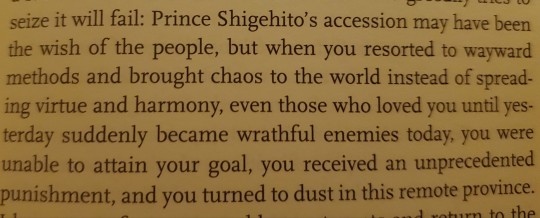








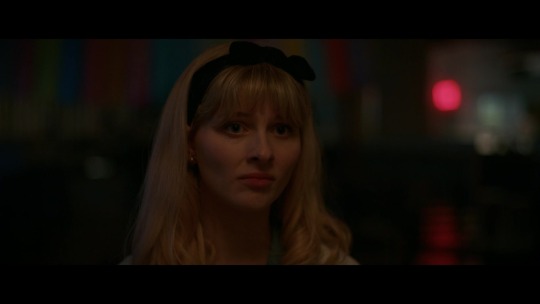
Yellowjackets (2021–) | Ueda Akinari, Tales of Moonlight and Rain (1776, transl. Anthony H. Chambers, 2007), 1/2
(@yellowjacketsoctober prompt: Horror media parallels)
10 notes
·
View notes
Text

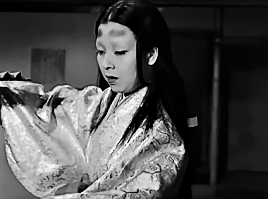
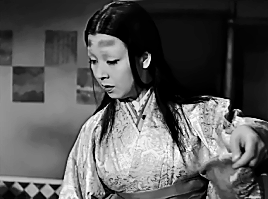



Machiko Kyō as Lady Wakasa in Ugetsu (1953) dir. Kenji Mizoguchi
#ugetsu#machiko kyō#kenji mizoguchi#worldcinemaedit#cinemaspast#dancecinemablog#filmauteur#machiko kyo#japanese cinema#japanese movie#gifshistorical#mizoguchi kenji#ugetsu monogatari#the way she moves is entrancing#ellisgifs#queue
52 notes
·
View notes
Text
so is no one gonna point out that there is no source for the new story on the wikipedia page on jikininki and the writing itself seems very fanficy, on top of creating a new term ("jijinki" like did they mean gijinka, the anthroification of inanimate objects?? or the yt channel with 8 views and one video??) and literally claiming people from old japan either referred to a pair of twins by the english word "phantasm" or the person who added it just straight up didn't provide the actual japanese word for it, along with linking to a source that has literally no mention of the story within its page
also did japan even use charcoal to write?? based on what i can find a scholar like the one in the story would be using ink and brushes not charcoal. im also a bit confused about the "bright blue spiritual stone" used but i dont know enough to say its as questionable as the charcoal
#japanese mythology#im sorry i dont know what to tag this#mythology#if anyone knows if this story is actually real lmk bc as it stands i have never heard this story in the like. HOURS i spent researching //#jikininki before#id edit it back myself but i wanna know if its real first just so more people can become aware of it#also i dont have an acc so my edits would show up as my ip address#please someone tell me if im in the wrong here because i do not trust this new information in any sense of the word#theres a place which cites the aozukin story from ugetsu monogatari for the second story but um.#everything i can find abt that story only mentions the priest. not the lady.
6 notes
·
View notes
Text
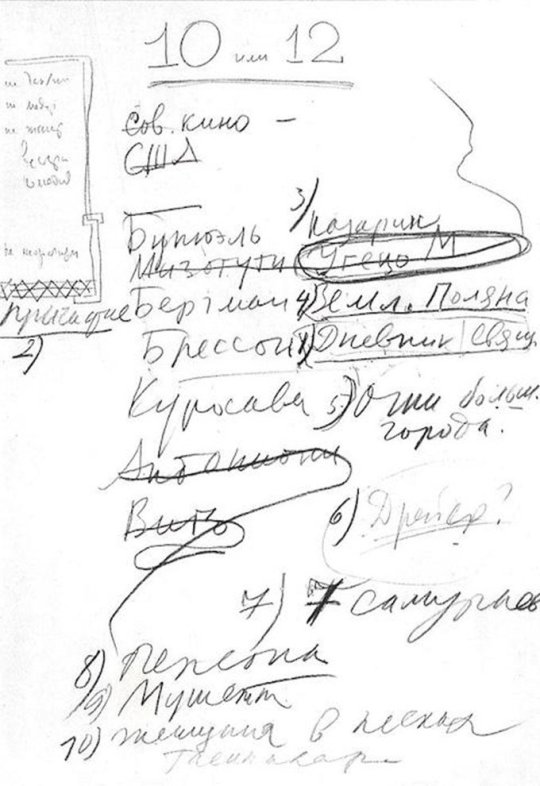
Andrej Tarkovskij handwritten list of his 10 favourite films:
1) Diary of a Country Priest
2) Winter Light
3) Nazarin
4) Wild Strawberries
5) City Lights
6) Ugetsu Monogatari
7) Seven Samurai
8) Persona
9) Mouchette
10) Woman in the Dunes
23 notes
·
View notes
Text
Film #9: Godzilla
I don't think I've seen a monster movie up until this point. After hearing about Godzilla so much, it was very interesting to see this film! I am probably more familiar with horror movies where the rule is to avoid showing the 'monster' too much and to keep things suspenseful instead. That's why I was so surprised that Godzilla was actually shown full body and moving and that every scene it is in is honestly terrifying.
First though, I appreciate the tension set up at the beginning of the movie. The strange flash of light in the water, the scattering of the Coast Guard on their boat as the camera captures an upended table of cards and a fallen violin, the violent "typhoon" that slowly devastates the house and kills the last survivor from the boats, the team of researchers quietly exploring the ruined town and stumbling upon a gigantic footprint. Godzilla actually appearing seemed silly at first but the sound effect of his roars and his footsteps was actually terrifying. I do not think this reveal would have been so dramatic if
Otherwise, the characters mentioning the war so many times as well as actual scenes appearing so much like what shelters for the wounded and fleeing may have looked like was hard to miss. That scene of the seriously wounded mother being carried away reminded me too much of the protagonists' dead mother in Grave of the Fireflies. I've heard Godzilla as a franchise decries the devastation of nature in pursuit of industry and now I know it also decries science in the pursuit of war.
I would have liked to know what the professor would have proposed to do in order to study Godzilla. He does have an interesting idea and this seems to have been the "good" path if Japan (and the rest of the first world nations really) had not been riding off the 'military for self defense' fear. Serizawa had wanted to discover a kinder, better use for the Oxygen Destroyer that wasn't purely destruction. Being his student, I would not be surprised if the professor was also aiming for the continuation of life through long-term study of Godzilla's resistance to radiation. It gives the implication that focusing on self-defense is not the aim of science but the real aim is to ensure health and safety for humanity. In other words, studying Godzilla might have removed the issue of radiation created by people in the first place.

I also have to say it's a little sad to think Godzilla is just as much a creature angered by all the lights and being attacked while just looking for food as it is a monster that wrecks devastation on humanity. Not the greatest comparison but I get the same sob-story feeling as the ghost girl from Ugetsu Monogatari.
8 notes
·
View notes